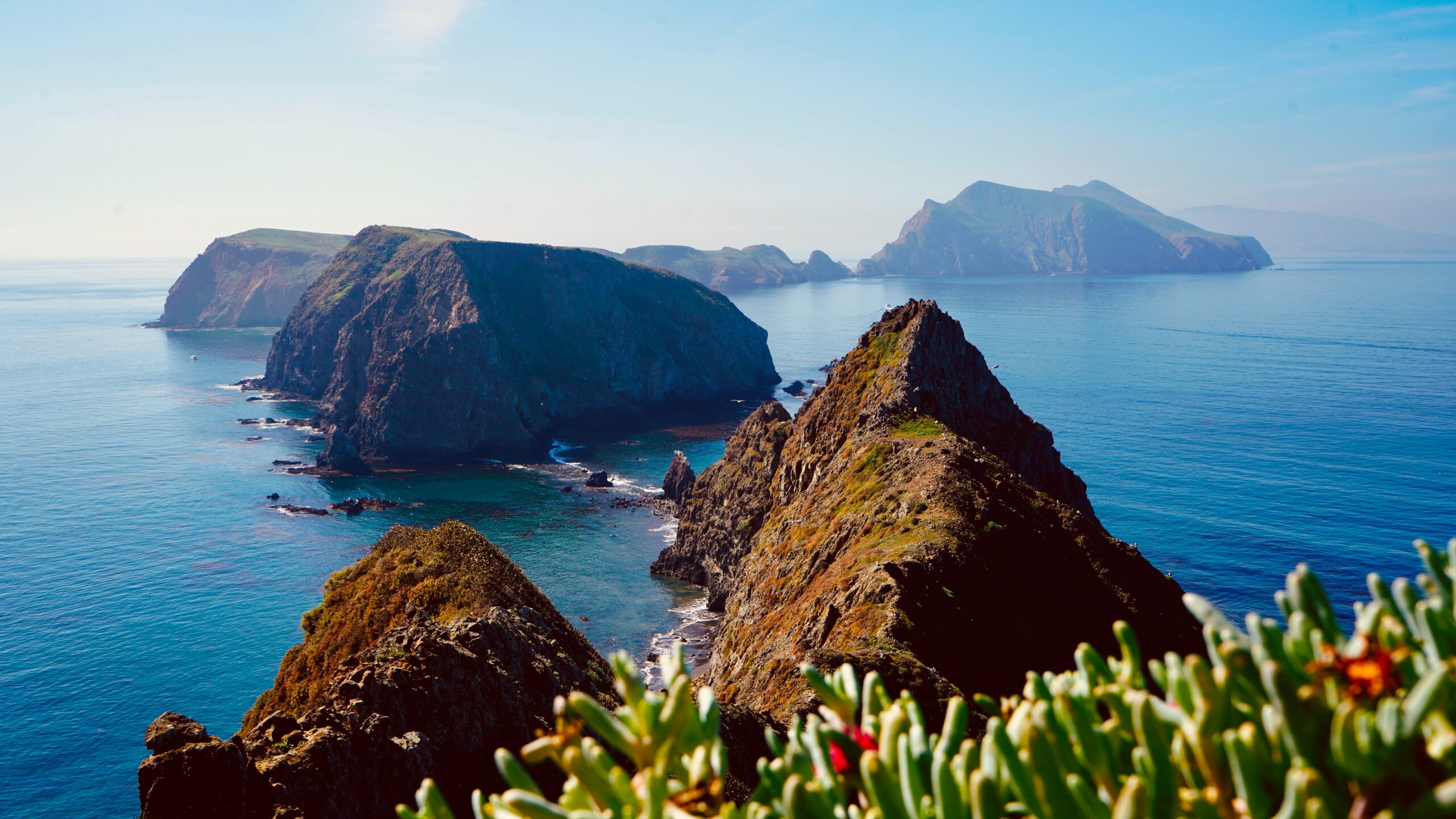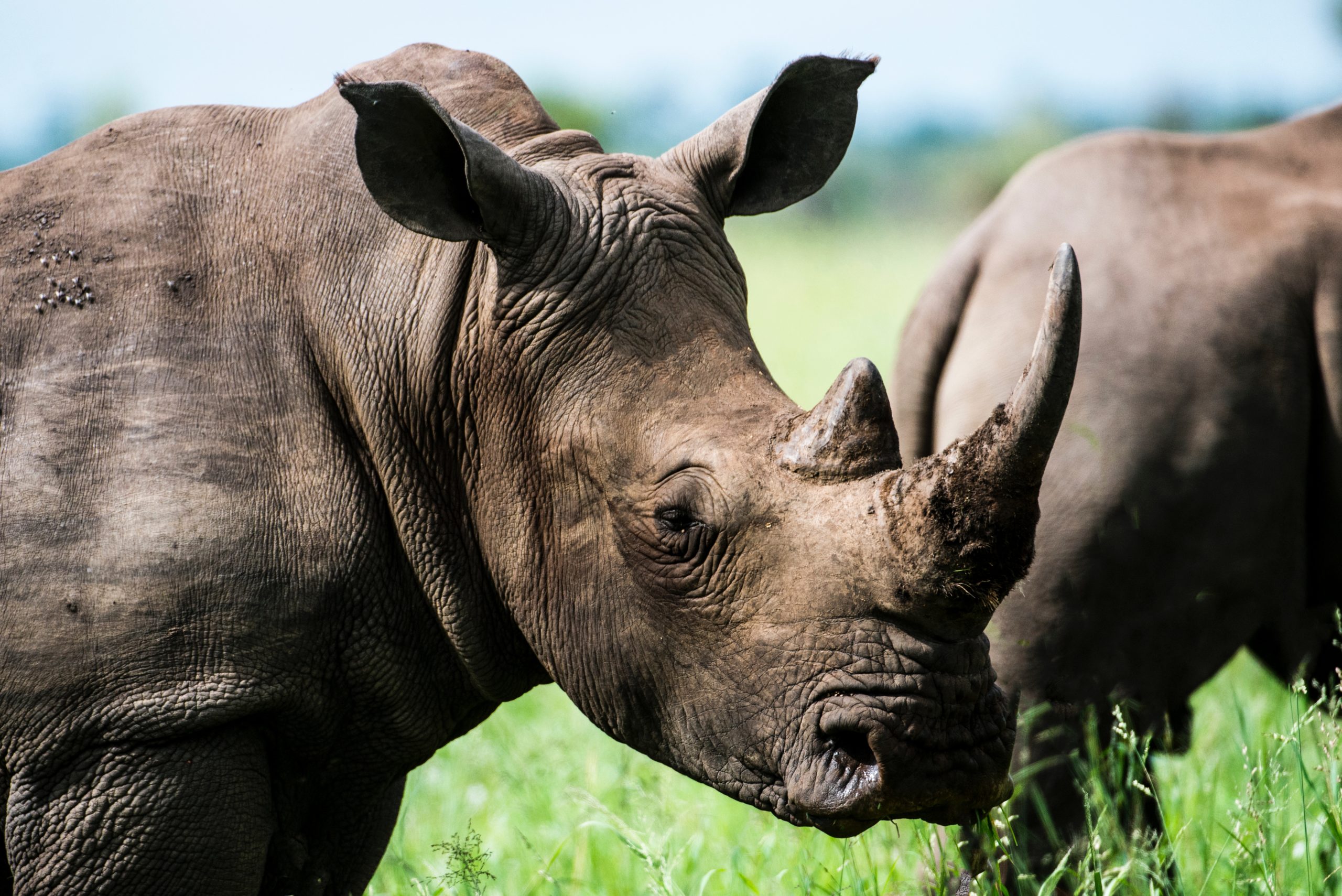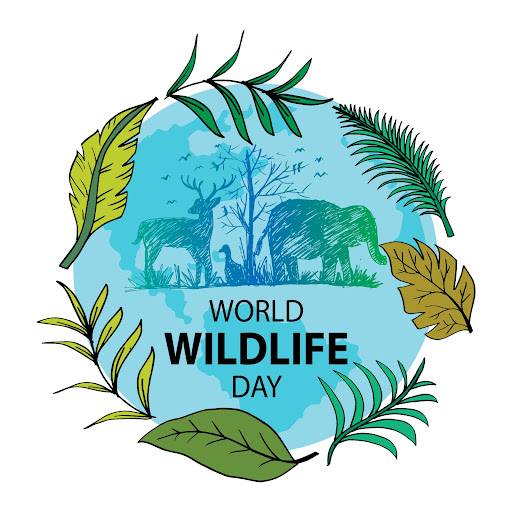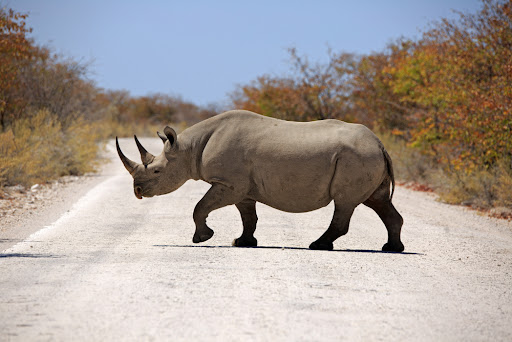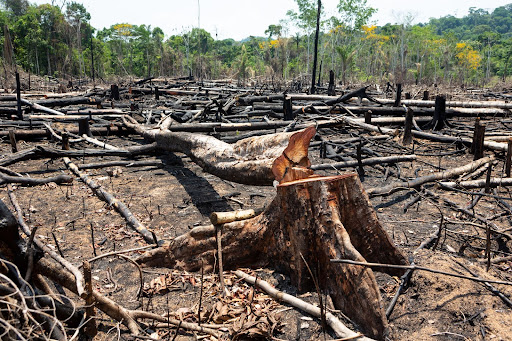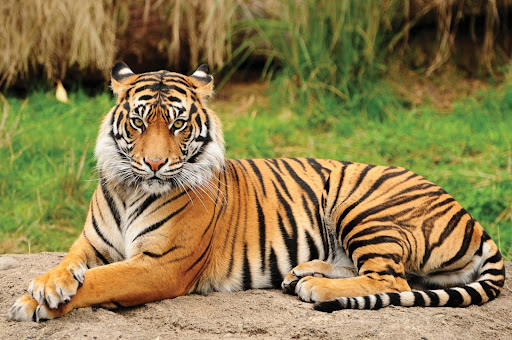The allure of travel is undeniable; trying new foods, sightseeing, and experiencing new cultures are all unique, irreplaceable experiences for newer travelers and experienced adventurers alike. Now more than ever, everyone wants to travel, but high tourist volumes are having a disruptive effect on wildlife and the environment. Economics, climate change, and overtourism are quickly coming to a head, making the darker aspects of travel steadily more obvious. With the continued endangerment of global ecosystems and tourism making a huge bounce back in 2023, it becomes increasingly important for travelers to consider how their journeys can help the planet. Tourism has a reputation for being a leading factor in the destruction of habitats. However, a world can exist where travel actually has a net positive impact on global conservation efforts.
What is Conservation Travel?
Conservation travel utilizes travel as a way for people to support and get involved in conservation work during their trip. This has become an increasingly popular idea among tourist destinations that seek to develop more sustainable tourism models. For example, Solimar International has developed strategies such as Regenerative Tourism and Tourism & Conservation Planning in order to help destinations use tourism as a tool for conservation work. By understanding our role in conservation efforts when we travel, we make a difference in the planet’s ability to support future generations. Tourism, though often seen as one of the many ways humans are hurting the planet, can be immensely beneficial to conservation if done responsibly.
Here we introduce some of the many ways your journey can support conservation.
1. Supporting the Conservation of Our Land and Oceans
National Parks
Travelers are an important aspect of conservation in national parks because their presence promotes education, conservation funding, and economic growth. For instance, tourism at national parks creates job opportunities, such as park rangers and tour guides. In addition, tourism encourages the development of businesses surrounding the parks. Entrance fees and park activities contribute to revenue, incentivizing government bodies to invest in the development and maintenance of the parks. National parks are extremely popular and work to preserve natural ecosystems, making the simultaneous support of local economic growth and conservation efforts possible.
Blue Parks
As of July 2023, the World Database of Protected Areas (WDPA) reported that a mere 8% of the world’s oceans are currently protected. In order for marine conservation work to thrive, accredited marine reserves need the support of travelers just as much as their land counterparts do. To contribute to the conservation of marine life, environmentally
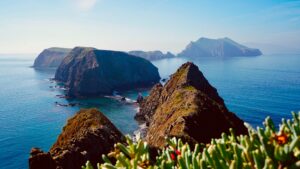
conscious travelers can visit accredited marine reserves like Blue Parks. The Blue Parks initiative, backed by marine scientists, aims to protect at least 30% of the world’s oceans by 2030 and create a clear standard for protected marine areas. Tourism is crucial in generating revenue for protected marine reserves and incentivizes leaders to invest in protecting our oceans.
Examples of Current Blue Parks:
- The Channel Islands off the coast of California
- Old Providence McBean Lagoon National Park on the coast of Providencia Island in the Caribbean Sea
- Wilsons Promontory Marine National Park in Victoria, Australia
2. Benefitting Conservation Through Citizen Science
Travelers today are fortunate to live in an era where most people exploring the world are connected through the internet, opening up exciting possibilities for conservation travel through citizen science. According to a survey done by BankMyCell in 2019, 92.5% of travelers bring a smartphone with them during their trip. This means that the majority of travelers have the resources to contribute to data collection. For example, documenting sightings of unfamiliar plants and uploading these findings provides valuable information to scientists. By doing so, we help them better understand the distribution and behavior of various species.
Travelers can utilize mobile apps to engage in citizen science projects all over the world:

Photo by Emi Chongsiriwatana
1. Clean Swell
Clean Swell is an app allowing anyone participating in beach clean-ups to contribute information to the Ocean Conservancy’s global ocean trash database. Millions of tons of trash continually pollute the ocean each year, posing a significant threat to marine wildlife. Participating in beach clean-ups and recording the debris collected from waterways, beaches, and lakes provides essential data that aids researchers and policymakers in understanding the sources and impact of marine debris more effectively.
2. iNaturalist
iNaturalist is a popular digital platform for nature enthusiasts to share their discoveries, connect with a like-minded community, and contribute essential data for scientists. As you travel, simply document the organisms you encounter by capturing photos and videos. Your contributions then become integral to biodiversity research, encompassing everything from rare animal sightings to identifying invasive species. Observations of travelers can advance our understanding of the natural world. These findings aid the conservation efforts that safeguard our planet’s delicate ecosystems.
3. Other resources

- Nature’s Notebook, where data is collected on nature’s seasonal events.
- Ebird, for bird lovers and outdoor adventurers alike.
- Zooniverse, which boasts conservation projects over a wide range of topics, including climate, biology, and nature.
3. Supporting Endangered Species Through Conservation-based Travel
1. Visiting Accredited Sanctuaries
When travelers visit animal sanctuaries worldwide, they contribute to the welfare of animals requiring refuge while also promoting public awareness and education. Moreover, wildlife sanctuaries play a vital role in protecting the natural habitats of endangered species, creating a space for them to breed and thrive.
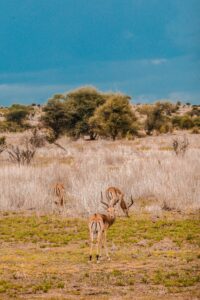
Photo by Og Mpango from Pexels
Since government regulation is not guaranteed at every sanctuary, travelers must be cautious while planning their visit. Sanctuaries should be backed by an accrediting body such as the Global Federation of Animal Sanctuaries. Accrediting bodies keep sanctuaries accountable by creating a clear definition of what an animal sanctuary should be. One model of an accredited, ethical sanctuary is the Rescate Wildlife Rescue Center, which is a non-profit sanctuary located in Alajuela, Costa Rica, that specializes in the rehabilitation and rerelease of animals in need.
2. Participation in Responsible Wildlife Tourism:
Tourism has made wildlife watching, such as tiger and whale watching, profitable. The economic incentive of wildlife watching creates an opportunity for conservation. We can replace harmful practices with sustainable and ethical ones by shifting focus from animal poaching to responsible wildlife tours. As more travelers opt for responsible wildlife observations, authorities will recognize wildlife watching as a more sustainable revenue source than poaching.
Wildlife tourism has three primary forms: observations, interactions, and performances. Among these, observation is the safest and least disruptive option, allowing visitors to admire animals from a distance without disrupting them. On the other hand, interactions and performances, such as dolphins performing tricks or allowing visitors to pet tigers, come in an artificial setting that creates more room for mistreatment. By choosing observation-only encounters with wildlife, visitors can contribute positively to the cause of helping future generations of wildlife to thrive.
4. Driving Renewable Energy Solutions
Tourism plays a vital role in the economic growth of many island nations that bear the brunt of significant environmental challenges such as sea-level rise, coral reef bleaching, and rising temperatures. These nations, heavily reliant on tourism, understand the urgency of combatting climate change and the necessity for sustainable energy solutions in the travel sector.
Fortunately, renewable energy sources such as geothermal heat, solar power, and wind are often readily available in popular tourist destinations. Thus, investments in renewables are a sensible choice for these areas. Zion National Park in Utah is known for its innovative, energy-efficient visitor center with facilities designed to maximize natural sunlight and ventilation. In addition, geothermal heat pumps and solar power are used to power operations. By using both passive and active sustainable design, the Emergency Operations Center in the Park reduces energy consumption by 70% without costing more than a regular building to construct.
While there is still progress to be made for clean energy in the tourism industry, there is also an incentive to invest in innovative energy solutions due to the sheer amount of energy the travel sector consumes. Renewable energy solutions are now becoming more important than ever, and tourist-driven economies are at the forefront of this development.
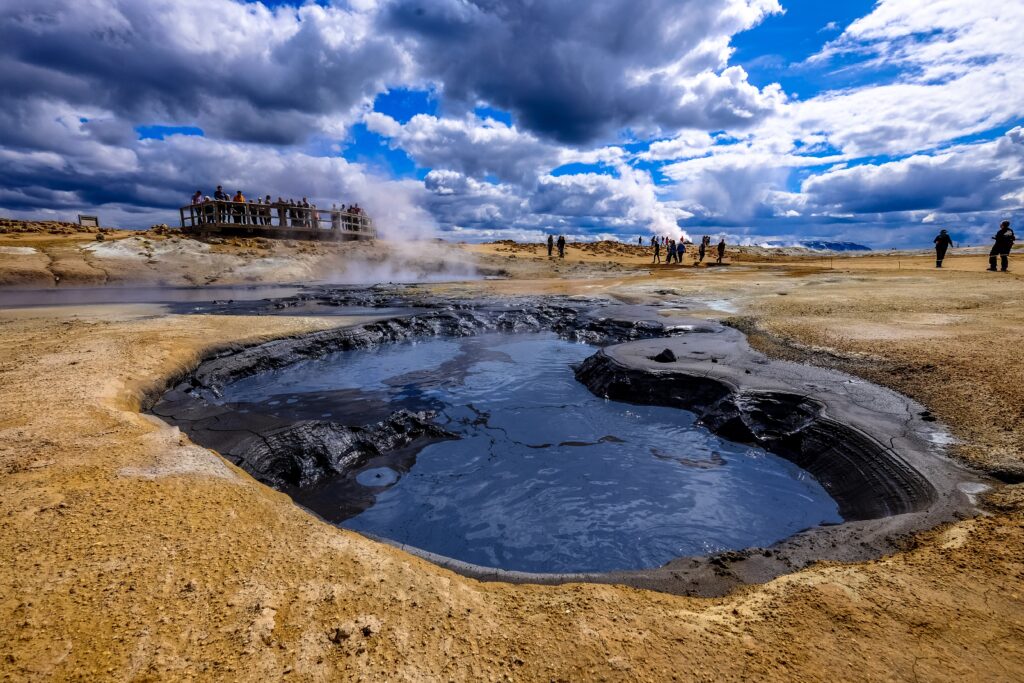
Photo by Francesco Ungaro from Pexels
5. Creating Awareness about Conservation Through Education and Academics
The academic community, including students, professors, and scientists, can embrace travel to share ideas and knowledge. Scientific discoveries, new data, and technological advancements hold immense value when spread to communities worldwide. Traveling to diverse places, where individuals possess different educational backgrounds and thinking approaches, is a powerful catalyst for inspiring our creativity and problem-solving abilities. This exposure pushes us to think outside the box and develop creative solutions.
Study abroad programs and fellowships are an opportunity for university students to immerse themselves in new environments, broadening their perspectives and horizons. Through travel, youth become more conscious of environmental issues they might not have empathized with or cared about before. In essence, travel not only enriches the academic community but also cultivates a generation of environmentally conscious and proactive individuals.
Moving Towards a Sustainable Future
Travelers who make responsible choices have a great influence over the future of the tourism industry. However, this only becomes possible if the industry is willing to take determined steps toward sustainability and if travelers embark on their journeys with conservation in mind. There are many areas within the travel sector, such as the transportation and hospitality sectors, where progress can still be made. Even so, by viewing travel as an opportunity to support global conservation and learn about the world we live in, our journeys become far more impactful both on the planet and in our own lives.
Interested in learning more about what Solimar is doing to support conservation in the travel sector? Click here to keep up with Solimar’s projects and partnerships in 500+ destinations!
